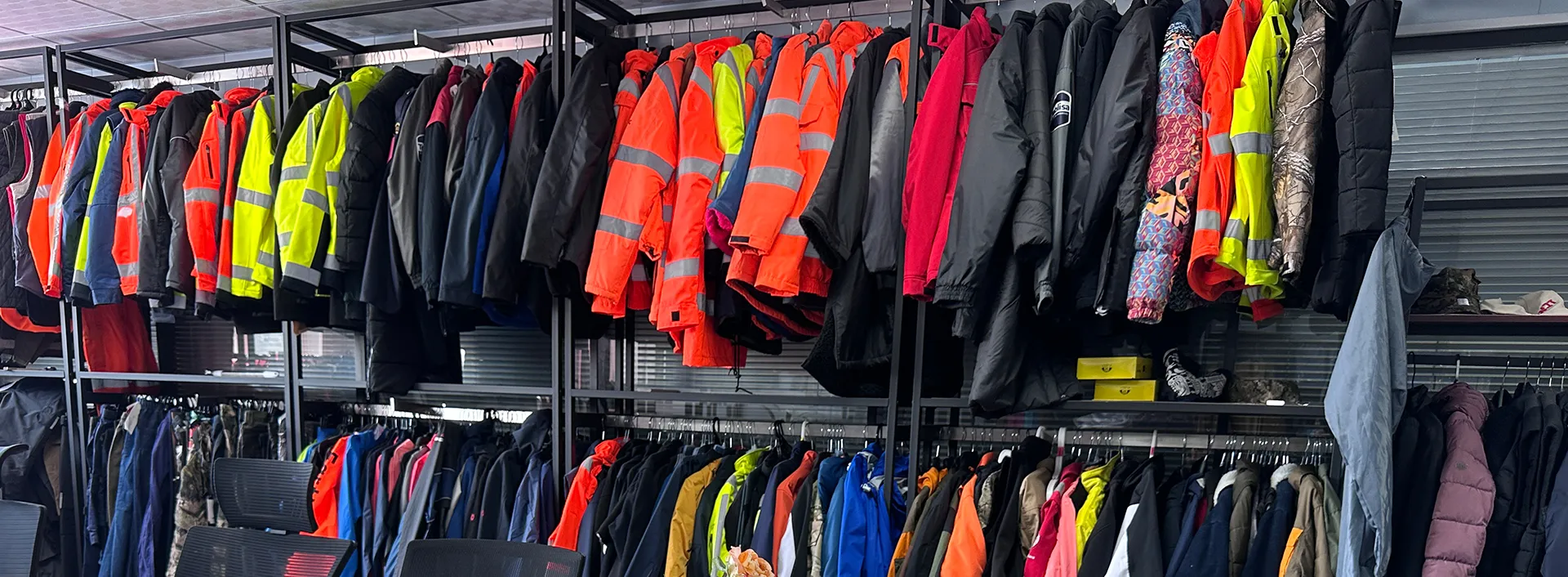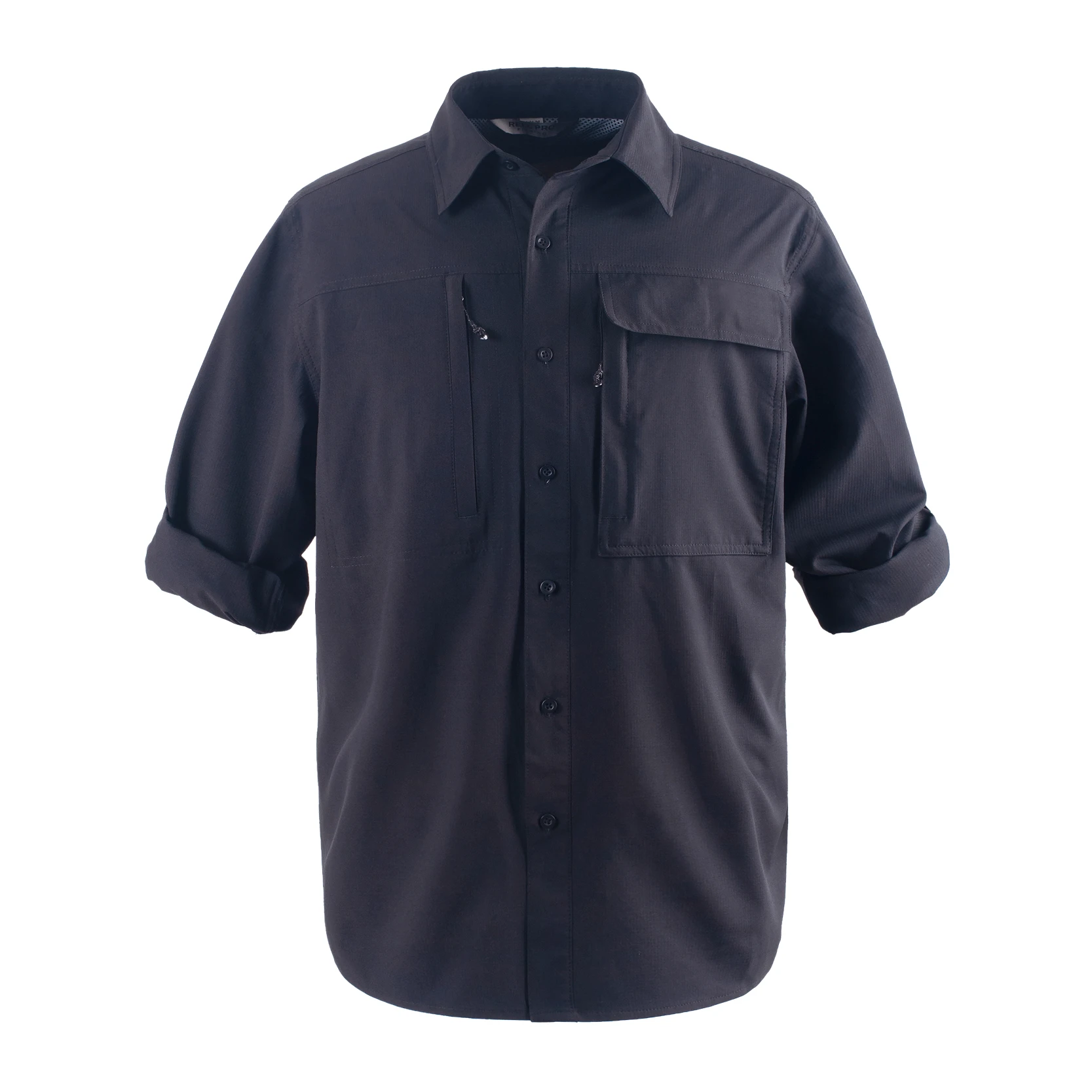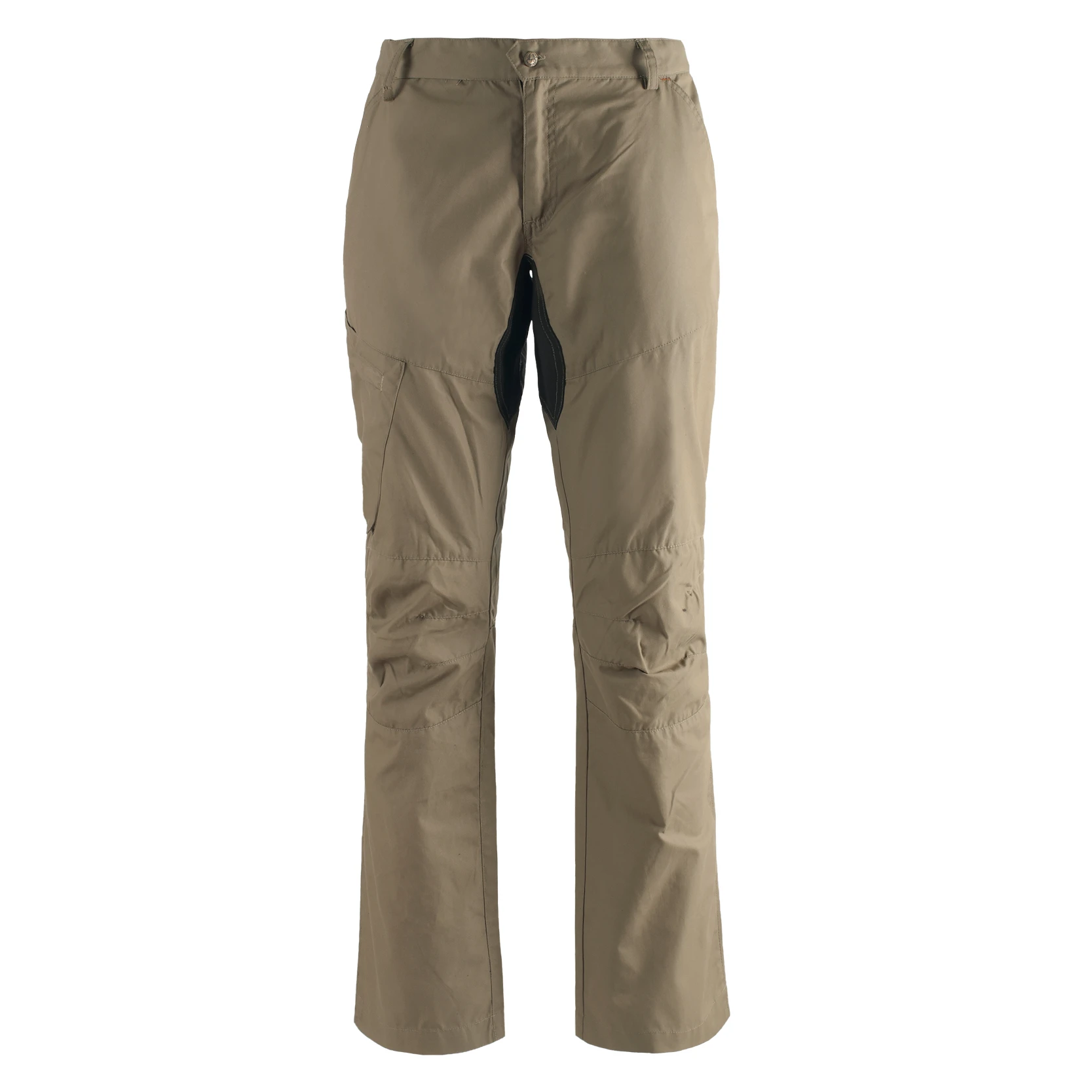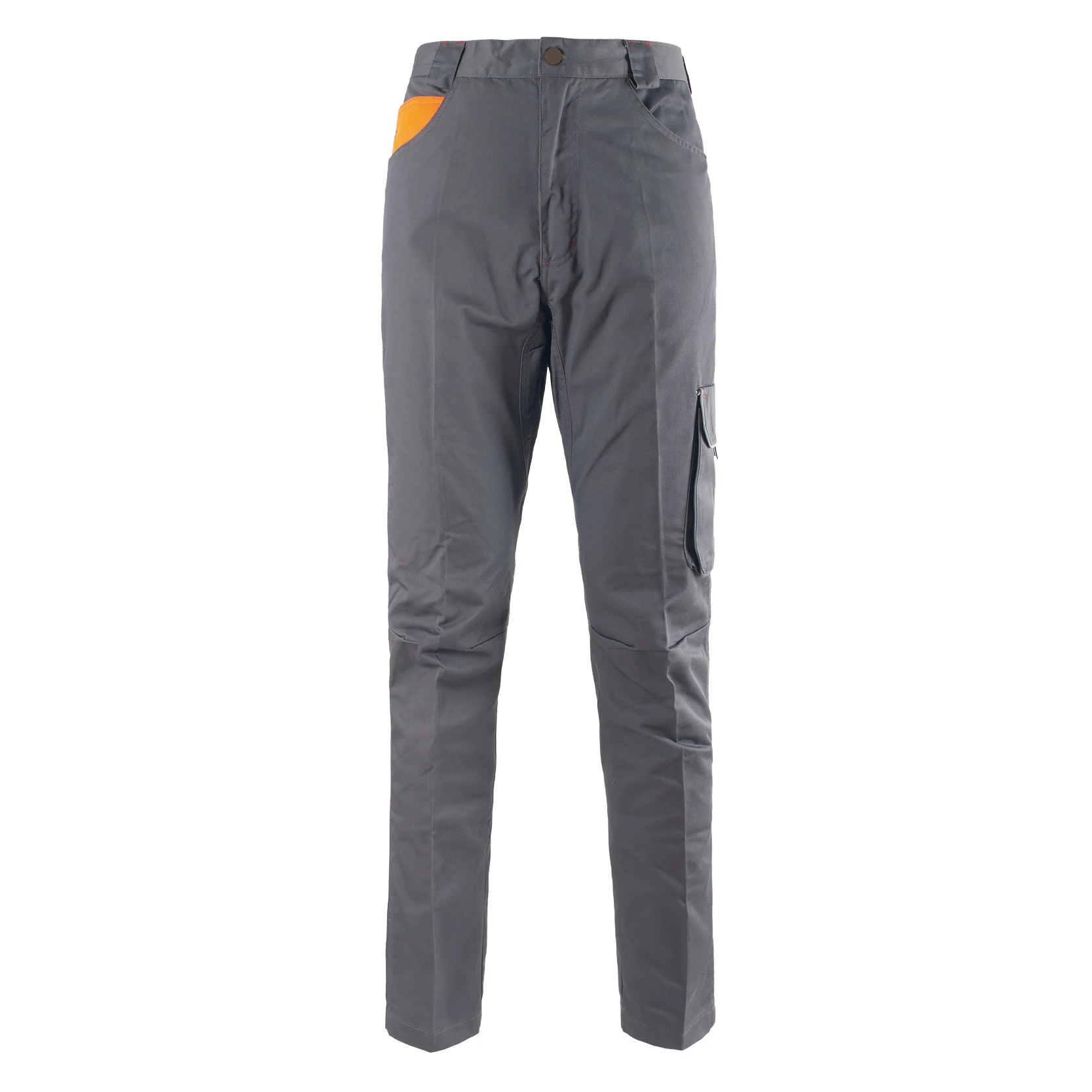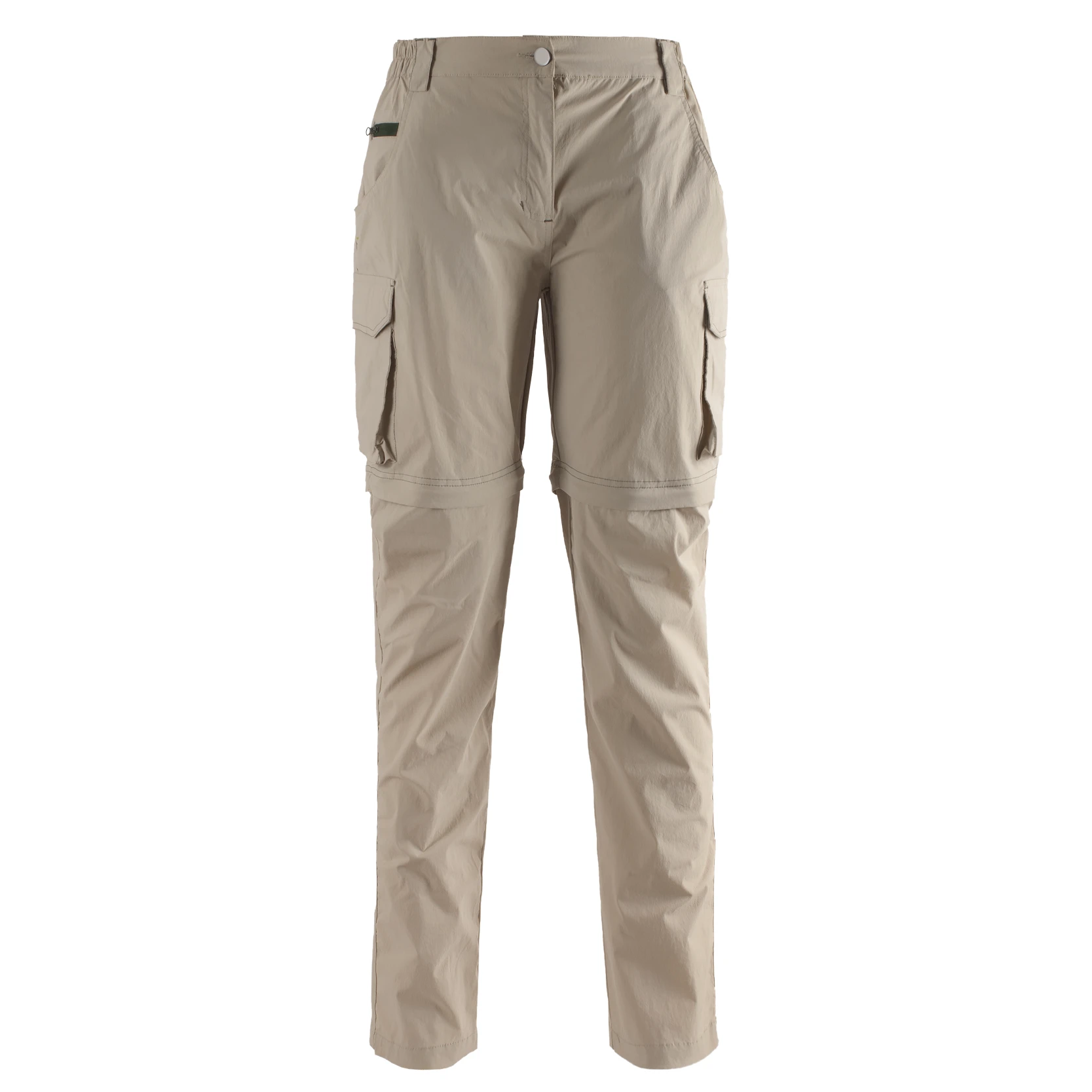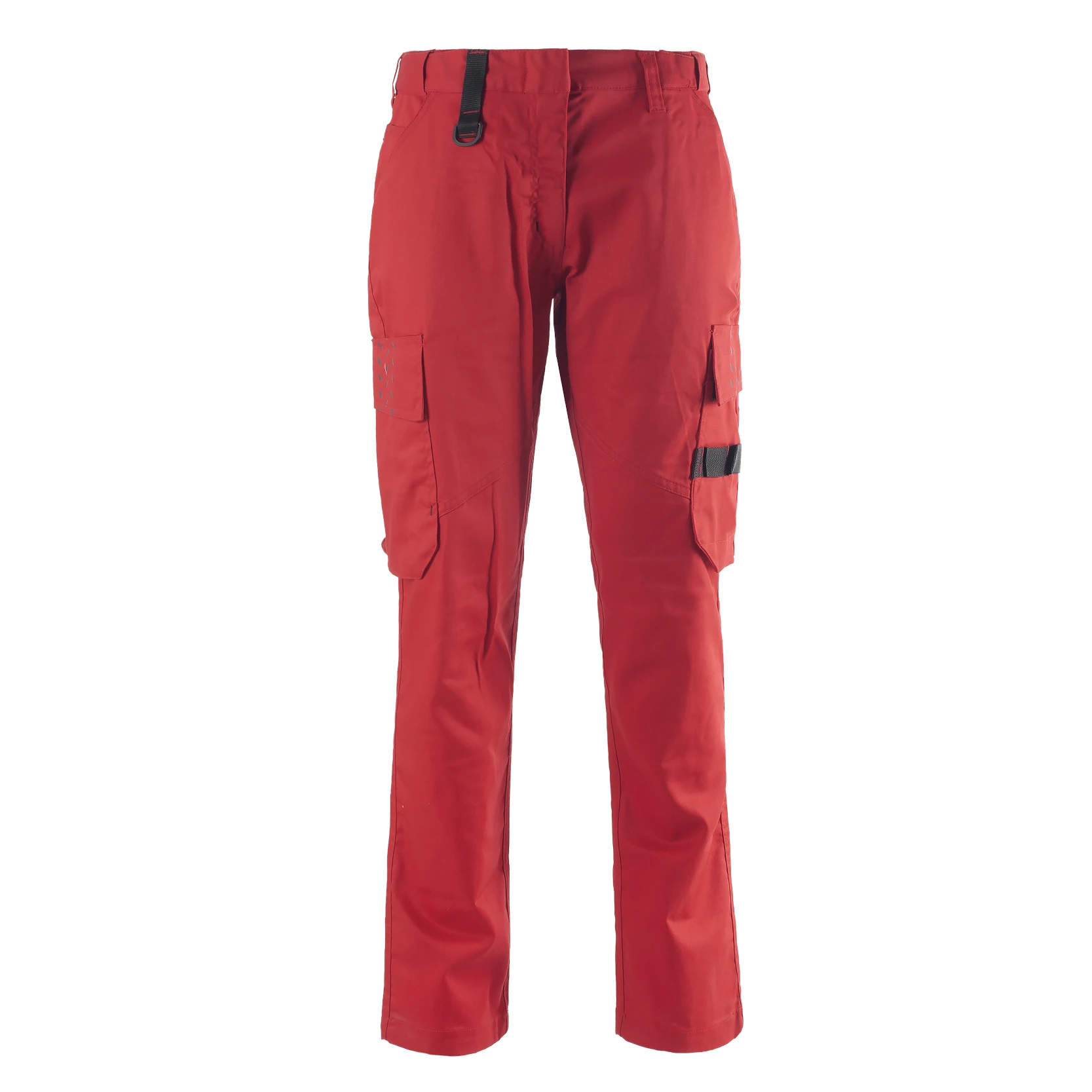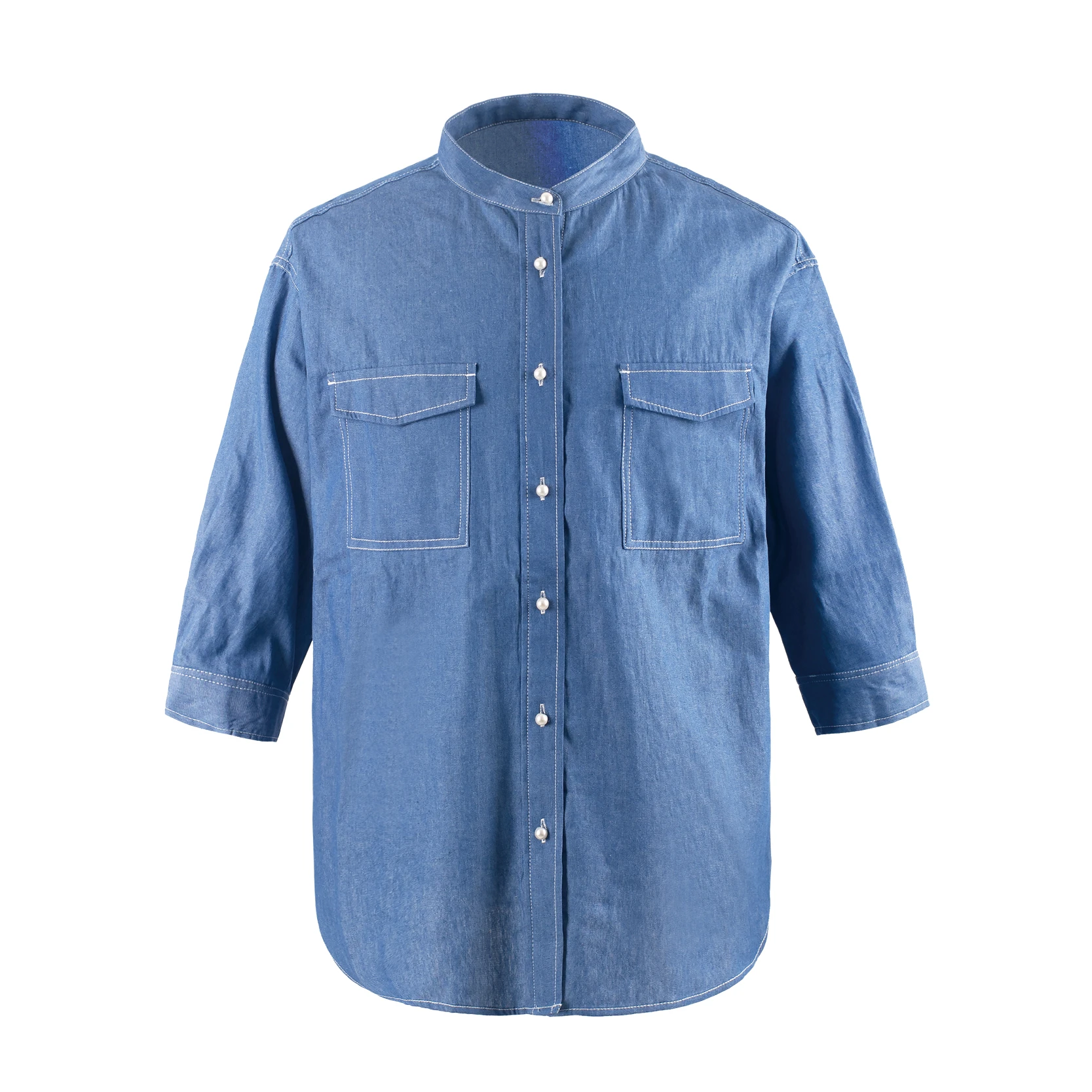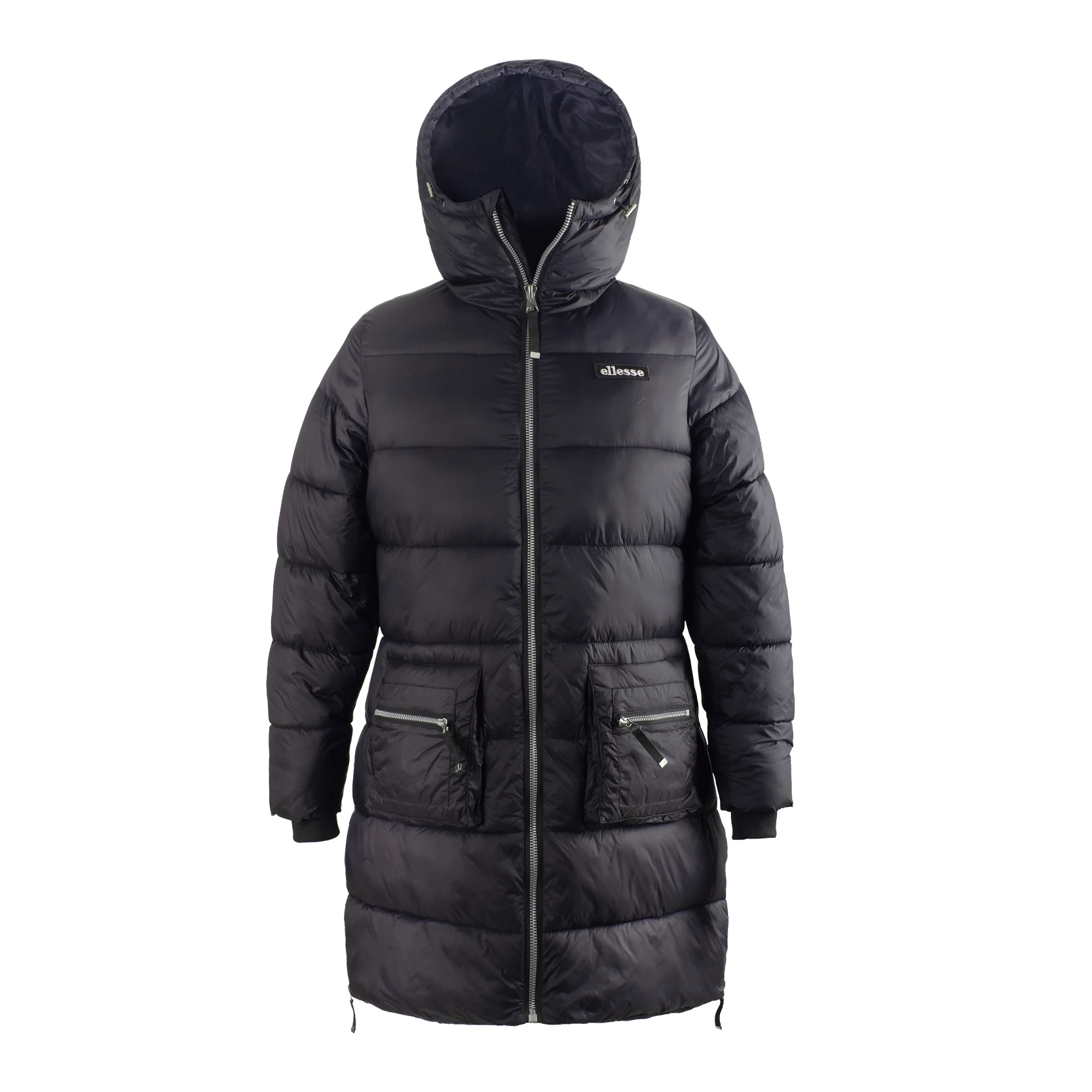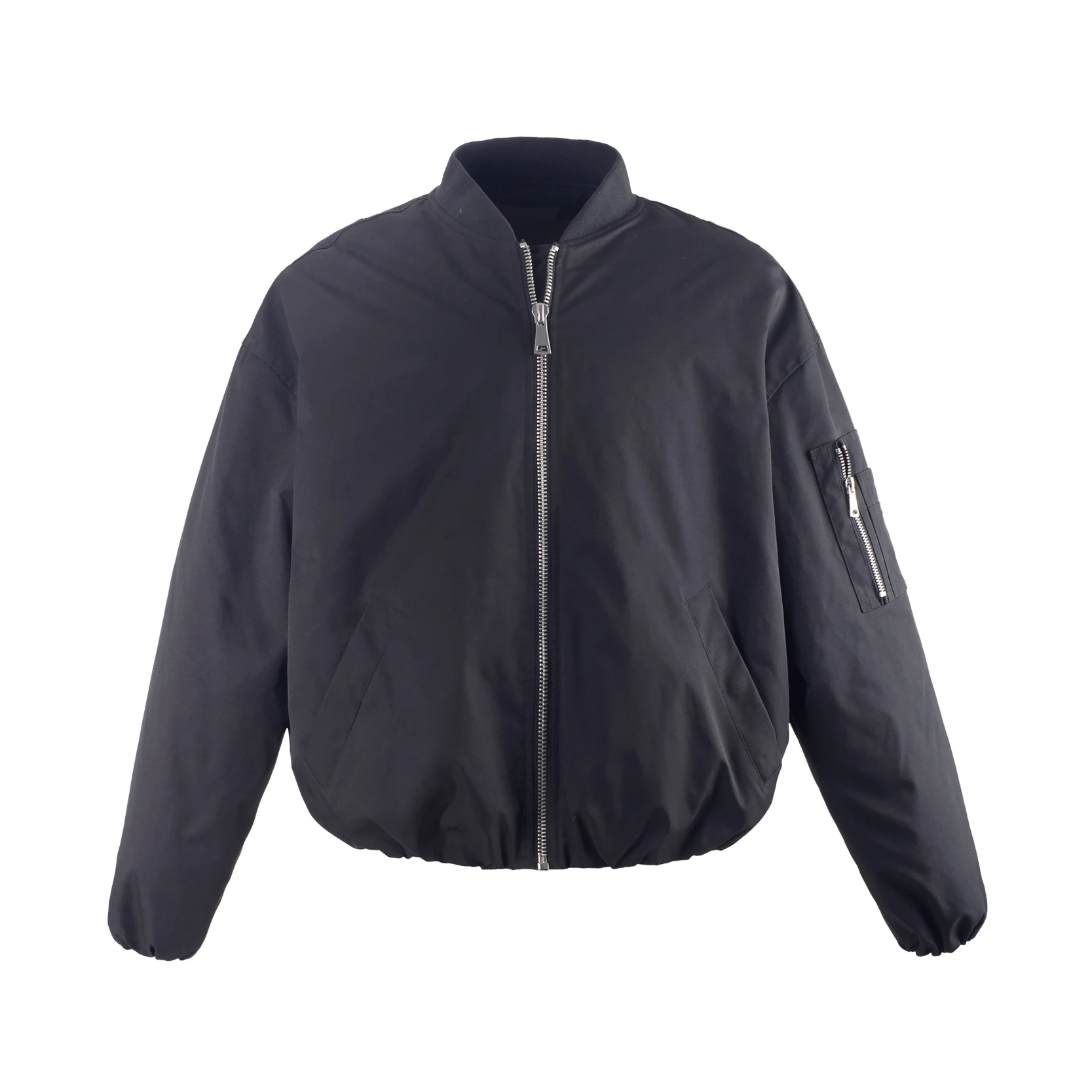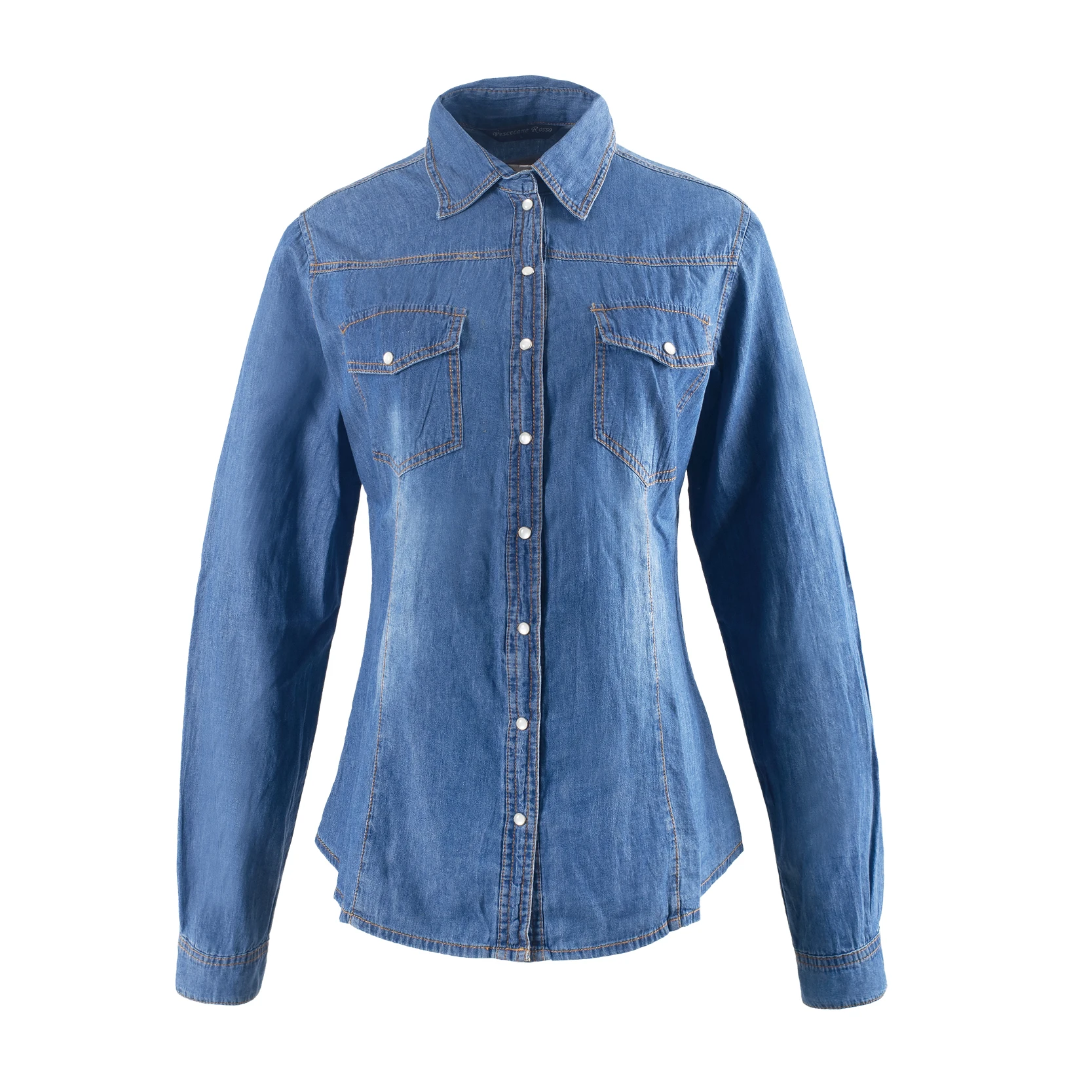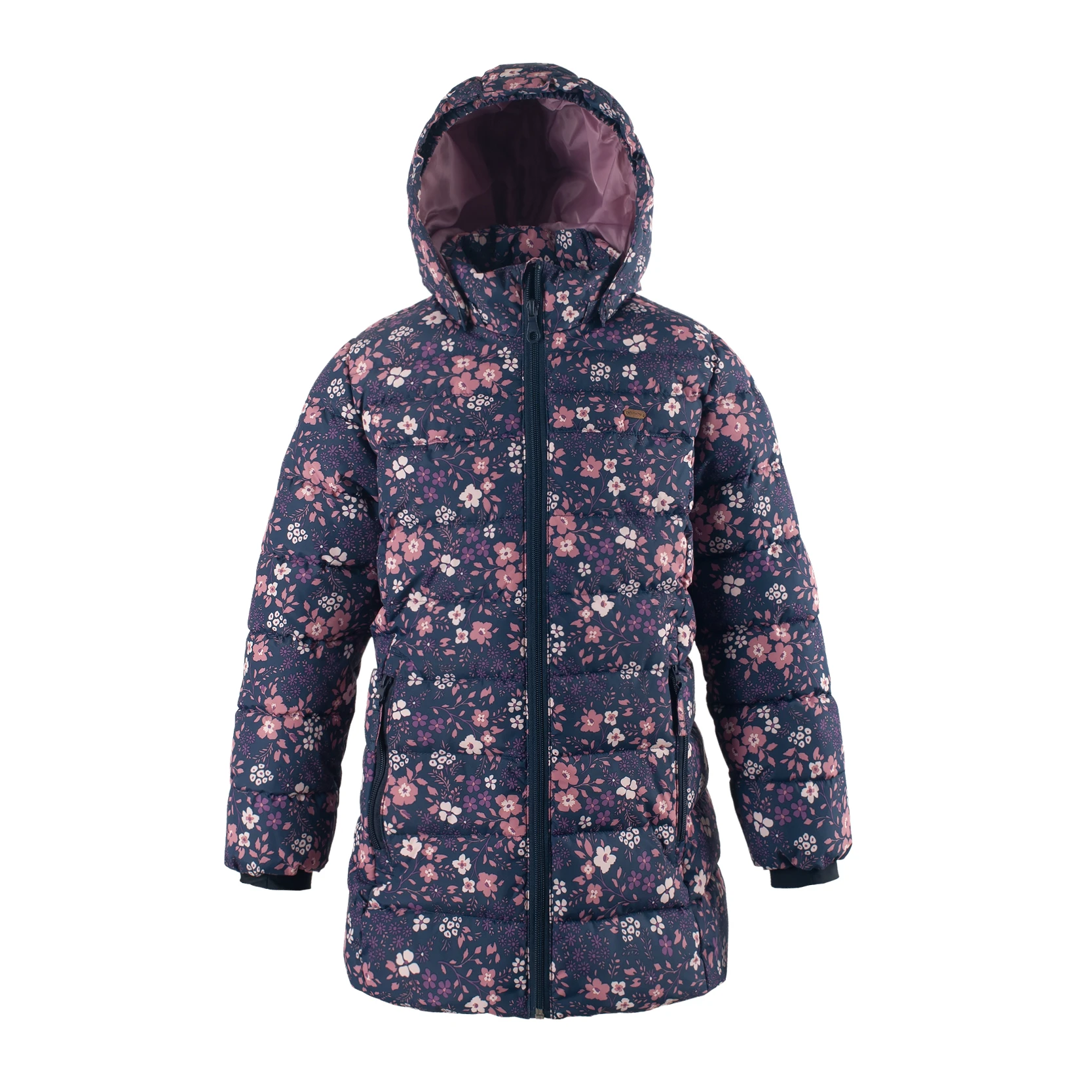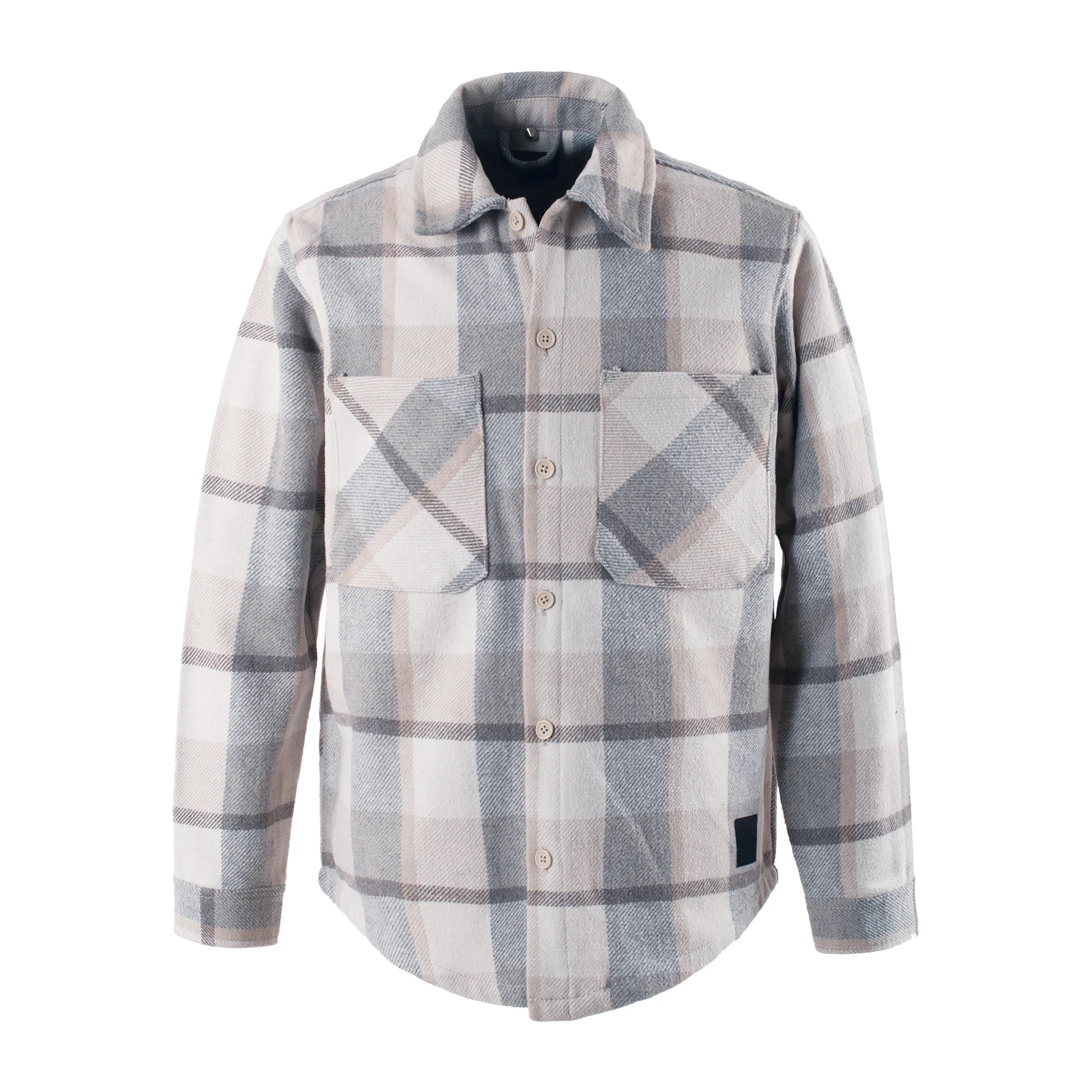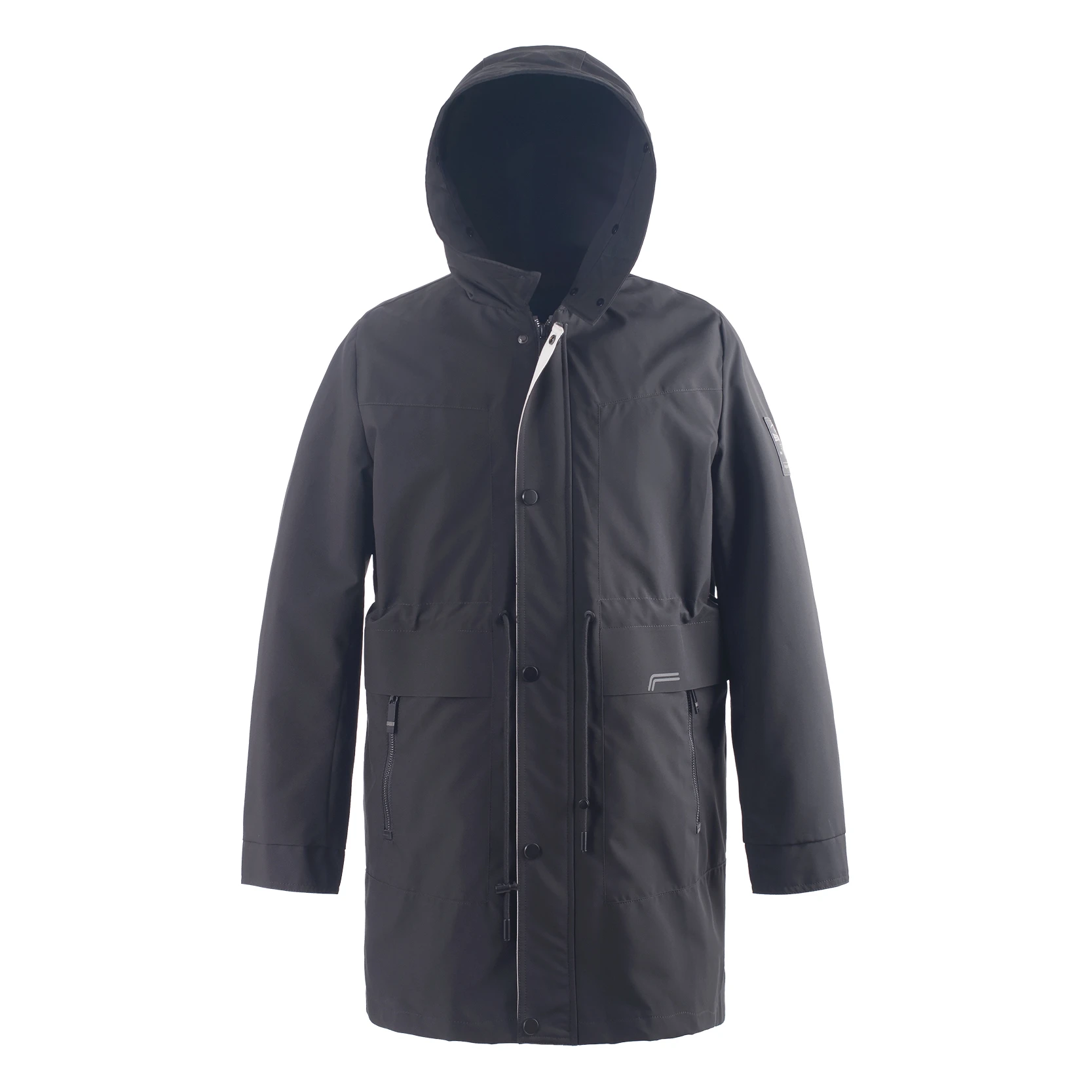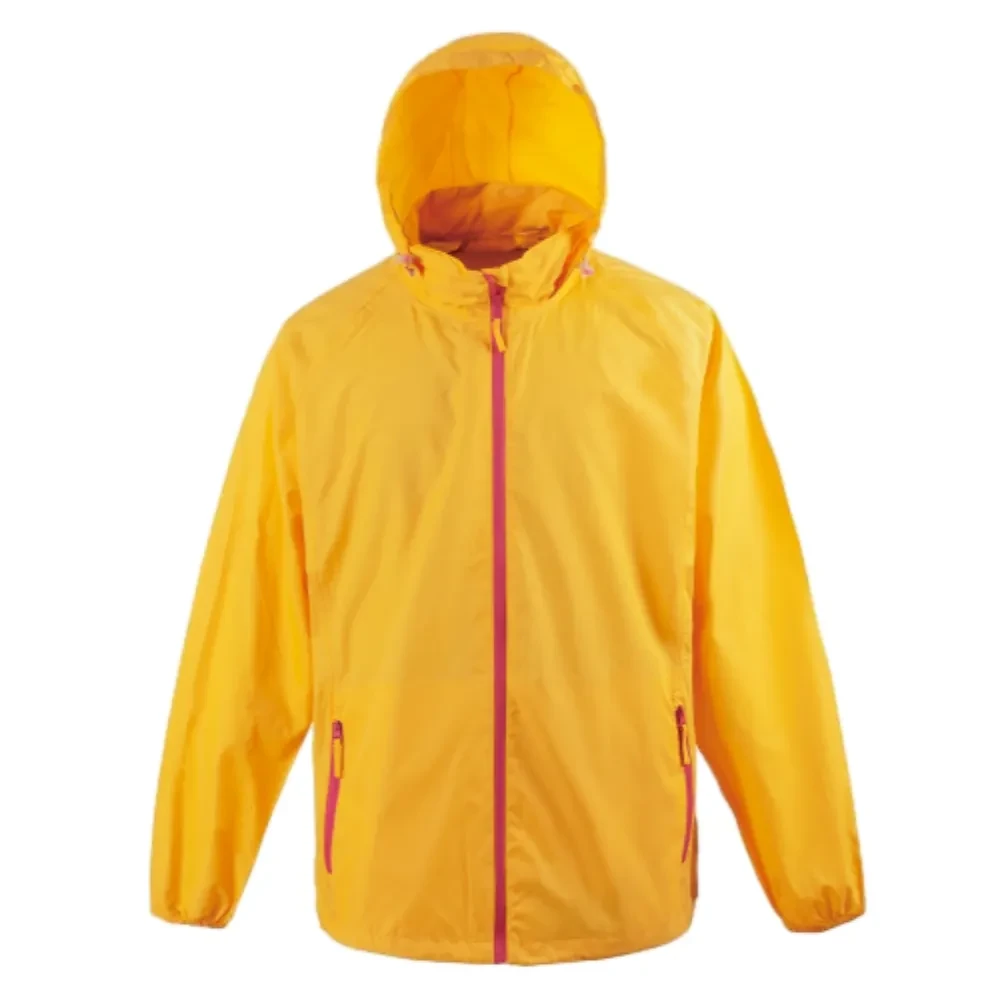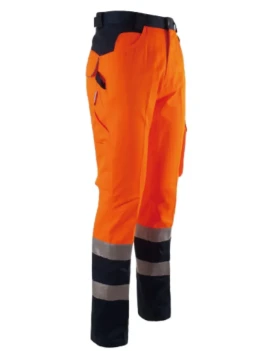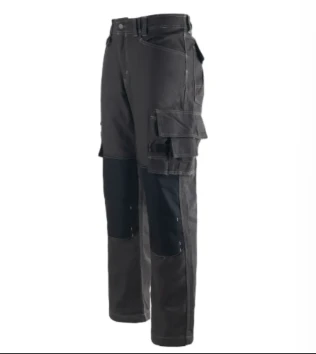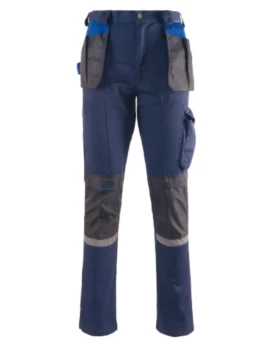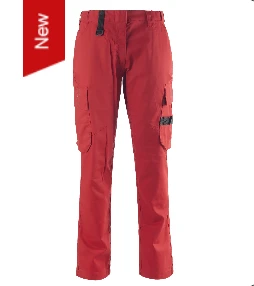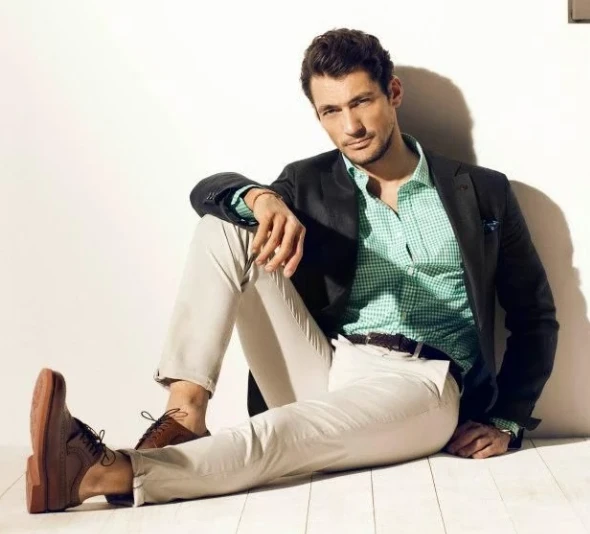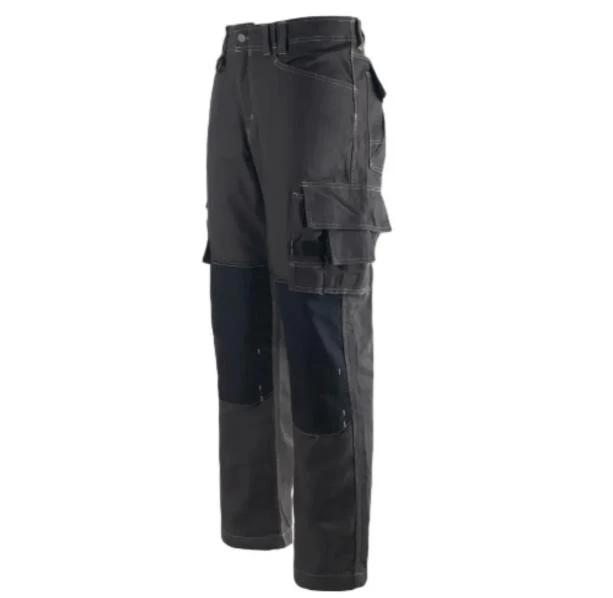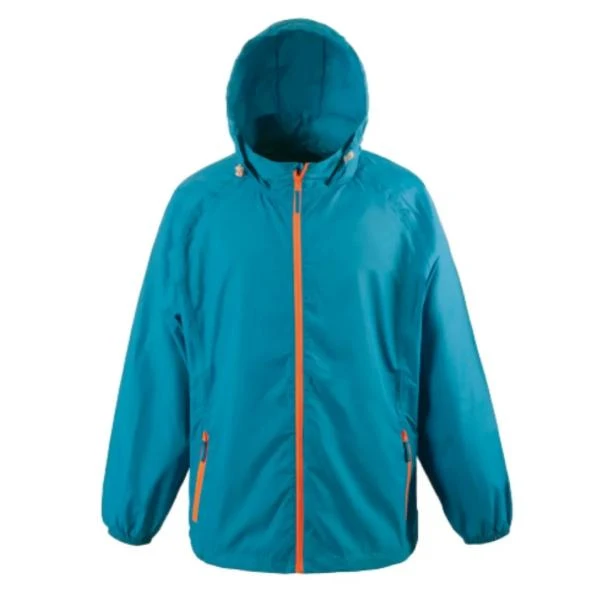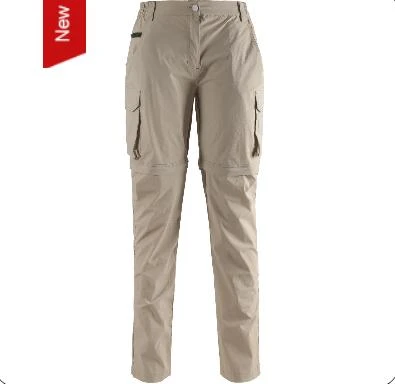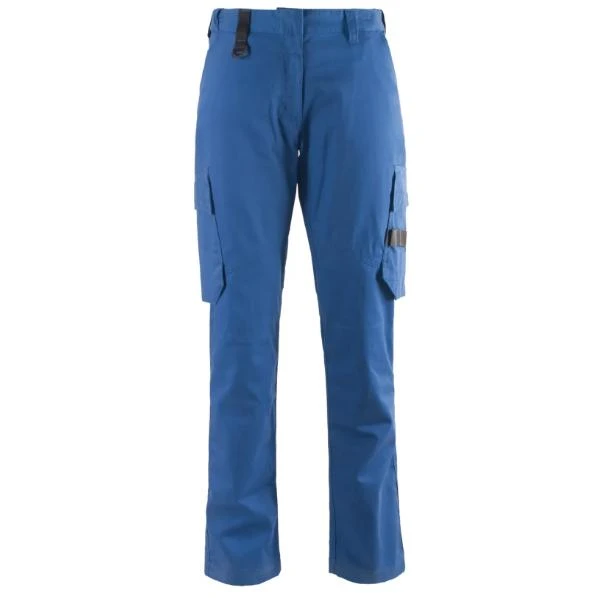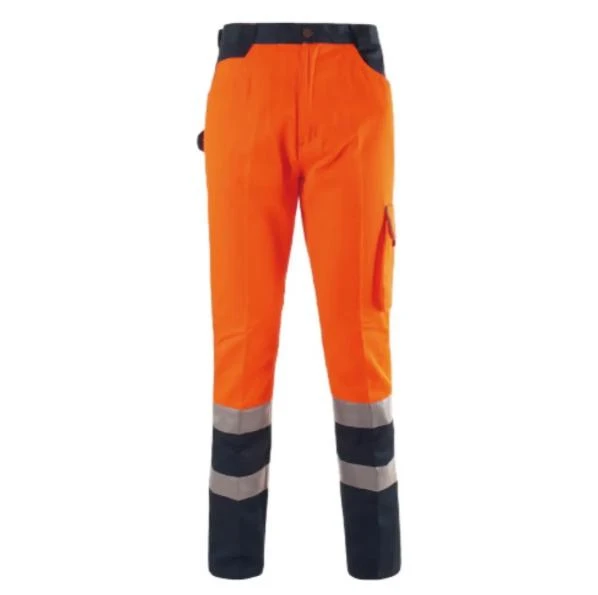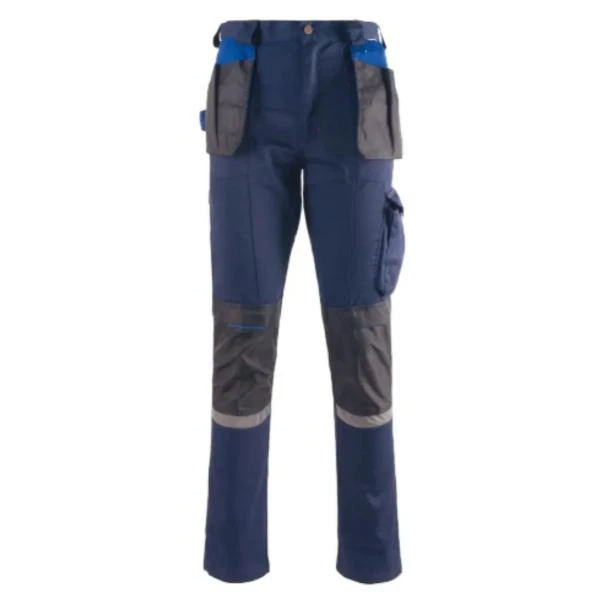Navigating the Evolving Landscape of High-Performance Kids Skiing Jackets
In the dynamic sector of outdoor and winter sports apparel, the demand for high-performance kids skiing jacket solutions continues to escalate, driven by increasing participation in winter sports and a heightened parental awareness concerning safety, comfort, and thermal regulation for children. This segment, far from being merely a miniaturized version of adult apparel, presents unique engineering and design challenges, necessitating a profound understanding of pediatric physiology, activity levels, and material science. The modern kids skiing jacket market is characterized by rapid technological advancements, from sophisticated multi-layer fabric systems incorporating waterproof-breathable membranes like Gore-Tex, eVent, or proprietary solutions such as Omni-Tech and HyVent, to advanced insulation materials like Thinsulate, PrimaLoft, and high-loft synthetic fills designed to offer optimal warmth-to-weight ratios without compromising mobility. Industry trends indicate a significant shift towards sustainable manufacturing practices, with a growing emphasis on recycled materials, PFC-free DWR (Durable Water Repellent) finishes, and ethical supply chains, reflecting a broader consumer trend towards environmental responsibility. Furthermore, smart design features that enhance adaptability—such as grow-with-me cuffs, detachable hoods, integrated snow skirts, and multiple utility pockets—are becoming standard, ensuring longevity and versatility across various winter activities. The market's growth is also influenced by global climate patterns, with unpredictable weather necessitating more adaptable and resilient outerwear. Manufacturers are investing heavily in R&D to develop apparel that can withstand extreme cold, heavy snowfall, and icy winds, while simultaneously allowing for unrestricted movement crucial for skiing and snowboarding. The integration of ergonomic designs, reinforced stress points, and child-friendly closures (e.g., easy-pull zippers, oversized buttons) further distinguishes professional-grade kids skiing jacket offerings. This rigorous approach ensures that these garments not only meet but exceed the stringent performance expectations of discerning B2B clients, including sports retailers, ski resorts, and educational institutions focused on outdoor programs. The ultimate goal is to provide children with unparalleled protection and comfort, enabling them to fully enjoy their winter adventures, irrespective of the challenging environmental conditions, while also addressing parental concerns regarding durability and value. This commitment to excellence underpins the strategic differentiation of premium solutions in a highly competitive market, establishing benchmarks for performance, safety, and long-term utility.
Technical Specifications and Performance Metrics for Children's Winter Ski Jackets
The technical specifications of a high-performance kids winter ski jacket are critical determinants of its efficacy in harsh winter conditions, extending far beyond aesthetic appeal to encompass a sophisticated interplay of material science, ergonomic design, and functional integration. Key parameters include waterproof ratings, typically measured in millimeters of water column (mm H2O), with a standard for skiing jackets generally starting at 10,000mm and extending to 20,000mm or higher for professional-grade gear, indicating the hydrostatic pressure the fabric can withstand before water penetrates. Breathability, often quantified by MVTR (Moisture Vapor Transmission Rate) in grams per square meter per 24 hours (g/m²/24hr) or RET (Resistance to Evaporative Heat Transfer), is equally vital, ensuring that perspiration vapor can escape, preventing internal condensation and maintaining comfort during high-exertion activities. A good breathability rating for a kids winter ski jacket typically falls between 10,000 and 20,000 g/m²/24hr. Insulation type and fill weight are paramount for thermal efficiency, with options ranging from natural down (measured in fill power, e.g., 600-800 fill) to synthetic alternatives like PrimaLoft or Thinsulate, which retain warmth even when wet. The fill weight, usually specified in grams per square meter (g/m²), dictates the jacket's warmth profile, typically ranging from 80-200 g/m² for ski jackets, balanced against the need for unhindered mobility. Fabric durability, assessed by denier (D) count for outer shells and abrasion resistance tests (e.g., Martindale abrasion test cycles), ensures longevity against rips and tears common in active play. Beyond these core metrics, specialized features such as critically or fully taped seams, YKK AquaGuard zippers, integrated powder skirts, helmet-compatible hoods, articulated sleeves for enhanced range of motion, and specialized pocket systems (e.g., ski pass pockets, goggle pockets with wipe cloths) contribute significantly to the jacket’s overall functionality and user experience. The outer shell material often employs robust nylon or polyester weaves, treated with a Durable Water Repellent (DWR) finish to cause water to bead up and roll off, preventing saturation of the outer fabric and maintaining the membrane’s performance. These combined technical specifications define the performance envelope of a kids winter ski jacket, ensuring it can provide optimal protection, warmth, and comfort across a wide spectrum of winter conditions and activity levels, serving as a reliable barrier against the elements for young enthusiasts.
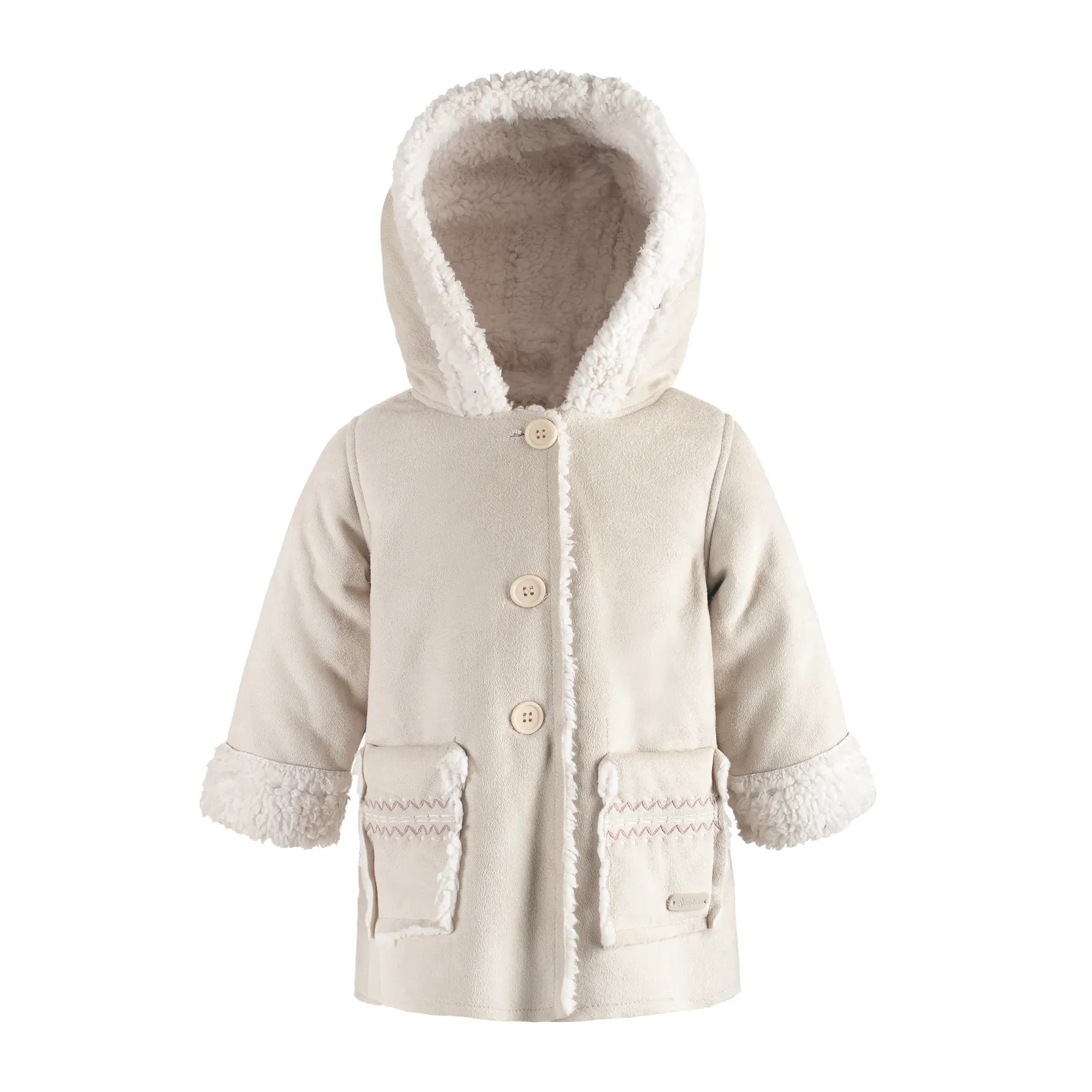
Key Performance Parameters for Children's Skiing Jackets
| Parameter | Description | Typical Range for Kids Ski Jacket | Industry Standard (Example) |
|---|---|---|---|
| Waterproof Rating (Hydrostatic Head) | Measures the resistance of fabric to water penetration under pressure. Higher values indicate better waterproofing. | 10,000mm - 20,000mm+ | ISO 811 |
| Breathability (MVTR) | Measures how much moisture vapor can pass through the fabric. Essential for comfort during activity. | 10,000 - 20,000 g/m²/24hr | ASTM E96 (Procedure BW) |
| Insulation Type & Fill Weight | Material (down, synthetic) and density providing thermal insulation. Affects warmth and bulk. | Synthetic: 80-200 gsm; Down: 550-700 Fill Power | ASTM D7833 (for down fill power) |
| Durability (Shell Fabric) | Resistance to abrasion, tearing, and punctures. Measured by fabric denier and specific tests. | 70D - 150D Nylon/Polyester; >20,000 Martindale cycles | ISO 12947 (Martindale test) |
| Seam Taping | Critical or Fully Taped. Heat-sealed tape over seams to prevent water ingress. Fully taped offers superior protection. | Fully Taped Seams (preferred for skiing) | In-house QC, industry best practices |
| Temperature Rating | Estimated lowest temperature for comfortable wear, considering activity level. | -20°C to -30°C (-4°F to -22°F) for active use | Proprietary testing/ISO 11092 (Thermal Resistance) |
The Advanced Manufacturing Process of Children's Padded Jackets
The production of a high-quality childrens padded jackets, particularly those designed for skiing or severe winter conditions, is a meticulous multi-stage process that integrates advanced material engineering with precision manufacturing techniques. It begins with the careful selection and procurement of raw materials, which typically include an outer shell fabric (often ripstop nylon or polyester with a DWR coating), a waterproof-breathable membrane (e.g., PU laminate or ePTFE), an insulation layer (synthetic fill or down), a liner fabric (e.g., polyester taffeta or fleece), and various accessories such as zippers, snaps, drawcords, and seam tape. Each material is subjected to rigorous quality checks upon arrival to ensure it meets specified technical parameters, including tensile strength, tear resistance, colorfastness, and waterproof/breathability ratings, often in accordance with international standards like ASTM or ISO. The next phase involves precise pattern cutting, where large rolls of fabric are laid out and cut into individual garment components using automated CNC cutting machines, ensuring minimal material waste and exact dimensions. This is crucial for maintaining the integrity of the design and optimizing material utilization. Following cutting, the various layers – outer fabric, membrane, and lining – are often laminated together or prepared for individual assembly, depending on the jacket’s construction (e.g., 2-layer, 2.5-layer, or 3-layer systems). The insulation is then meticulously inserted and quilted or baffled to prevent migration and ensure even thermal distribution, a critical step for a childrens padded jackets designed for warmth. The assembly process involves skilled sewing technicians who construct the garment, starting with major body panels, then attaching sleeves, hoods, and pockets. A vital step for waterproof jackets is seam sealing, where a heat-activated tape is applied over every stitch line on the inside of the jacket, effectively preventing water from penetrating through needle holes. This process is typically automated using hot-air sealing machines for consistent, reliable results. Quality control checkpoints are integrated throughout the entire manufacturing flow, from initial fabric inspection to in-process checks for stitching quality, seam integrity, and component attachment. Final inspection involves a comprehensive review of the finished childrens padded jackets for defects, functionality of all features (zippers, snaps, adjustments), and adherence to sizing and fit specifications. Specialized tests, such as hydrostatic head tests on sample panels for waterproofing (ISO 811), and spray tests (AATCC 22) for DWR performance, are conducted. Additionally, cold chamber tests may be performed on prototypes to assess thermal performance under simulated extreme conditions. The entire process adheres to stringent safety and environmental regulations, often including certifications like OEKO-TEX Standard 100 for harmful substances and Bluesign for sustainable textile production, ensuring the product is safe for children and responsibly made. This comprehensive approach, from raw material sourcing to final packaging, guarantees that each jacket delivers superior performance, durability, and safety, reflecting a commitment to engineering excellence.
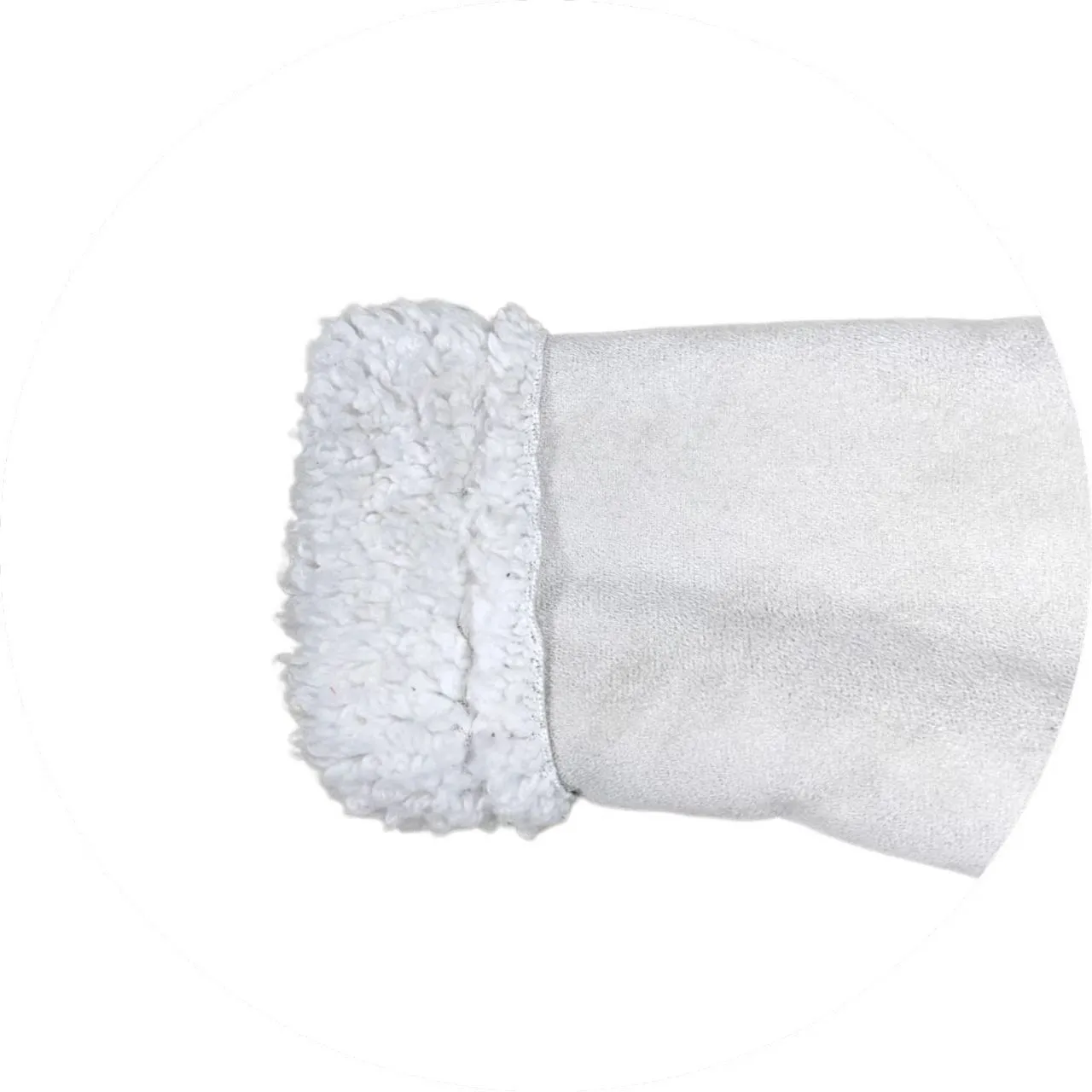
Application Scenarios and Strategic Advantages of Children's Lightweight Padded Jackets
The versatility and technical superiority of a childrens lightweight padded jacket make it an indispensable garment across a multitude of application scenarios beyond just the ski slopes, extending its utility into diverse outdoor activities and varying climates. While primarily engineered for winter sports such as alpine skiing, snowboarding, and cross-country skiing, where optimal thermal regulation, moisture management, and freedom of movement are paramount, these jackets excel in other demanding environments. They are ideally suited for general winter outdoor play, including sledding, ice skating, and snowshoeing, providing critical warmth and protection against biting winds and wet snow. Their lightweight nature also makes them an excellent choice for layering under a heavier shell for extreme cold or for standalone wear during milder winter days or transitional seasons, demonstrating remarkable adaptability. Beyond recreational use, these jackets find significant application in educational outdoor programs, youth camps, and cold-weather school trips, where consistent performance and durability are essential for children's safety and comfort. The technical advantages of a well-engineered childrens lightweight padded jacket are manifold. Firstly, superior thermal efficiency is achieved through advanced synthetic insulations (e.g., PrimaLoft, Thinsulate) or responsibly sourced down, which offer high warmth-to-weight ratios, allowing children to stay warm without the bulk and restriction of movement. This is crucial for maintaining agility and preventing fatigue during prolonged activity. Secondly, advanced waterproof-breathable membranes (e.g., 10,000mm+ waterproof, 10,000g/m²/24hr+ breathability) ensure that children remain dry from external moisture (snow, rain) while also allowing internal perspiration to escape, preventing the clammy sensation and subsequent chilling that can occur with less breathable fabrics. This combination significantly enhances comfort and reduces the risk of hypothermia. Thirdly, durability is engineered into the very fabric of these jackets through robust outer shell materials (e.g., high-denier nylon, reinforced ripstop weaves) and reinforced critical areas (elbows, shoulders), ensuring they withstand the inevitable wear and tear of active children. This longevity translates into a better return on investment for B2B purchasers. Furthermore, child-centric design features such as grow-with-me sleeves (extendable cuffs), detachable and helmet-compatible hoods, integrated snow skirts, and multiple secure pockets enhance functionality and extend the jacket's usable lifespan. The integration of high-visibility elements and reflective accents also contributes to enhanced safety during low-light conditions. In essence, these jackets offer a synergistic blend of warmth, dryness, and freedom of movement, providing an optimal environment for children to engage fully and safely in winter activities, thereby contributing to positive outdoor experiences and fostering lifelong appreciation for sports.
Strategic Sourcing: Manufacturer Comparison and Customization for Children's Long Padded Coats
For B2B entities in the apparel distribution, retail, or institutional procurement sectors, the selection of a manufacturing partner for childrens long padded coat and similar outerwear is a decision of strategic importance, heavily influencing product quality, cost-effectiveness, and market reputation. A comprehensive manufacturer comparison involves evaluating several critical factors beyond mere price, including demonstrated expertise in technical outerwear, manufacturing capacity, adherence to international quality standards (e.g., ISO 9001 for quality management, ISO 14001 for environmental management), ethical labor practices (e.g., BSCI, SEDEX compliance), and a robust R&D pipeline. Leading manufacturers distinguish themselves through their vertical integration capabilities, encompassing fabric development, insulation technology, and garment construction, which allows for greater control over material quality and production timelines. Their proven track record in producing high-performance garments, supported by verifiable certifications (e.g., bluesign® system partner for sustainable textile production, OEKO-TEX® Standard 100 for product safety), provides a strong foundation of trust. Furthermore, a manufacturer’s commitment to innovation, evidenced by their patented technologies in waterproofing, breathability, or insulation, can significantly differentiate product offerings. Customization capabilities are paramount for B2B clients seeking to develop proprietary lines or specialized garments that meet unique market demands or institutional requirements. This includes the ability to specify fabric composition (e.g., recycled polyester, nylon blends), insulation type and fill weight, waterproof-breathable membrane technology, and DWR treatment. Design customization extends to specific feature sets, such as pocket configurations, hood designs (detachable, helmet-compatible), closure systems (zippers, snaps, Velcro), reflective elements for safety, and branding applications (embroidery, heat transfers, custom zipper pulls). For a childrens long padded coat, custom sizing scales, particularly for "grow-with-me" features, are also a common request. A manufacturer's flexibility in offering low MOQ (Minimum Order Quantity) for initial runs or pilot programs, alongside scalability for large-volume production, is also a key consideration. The ability to provide comprehensive prototyping services, including CAD design, 3D sampling, and physical sample production, ensures that the final product aligns perfectly with the client's vision and performance specifications before mass production commences. This iterative development process, coupled with stringent quality control at every stage, minimizes risks and ensures that the customized childrens long padded coat meets both technical performance benchmarks and commercial objectives, reinforcing long-term strategic partnerships built on mutual trust and shared commitment to quality.
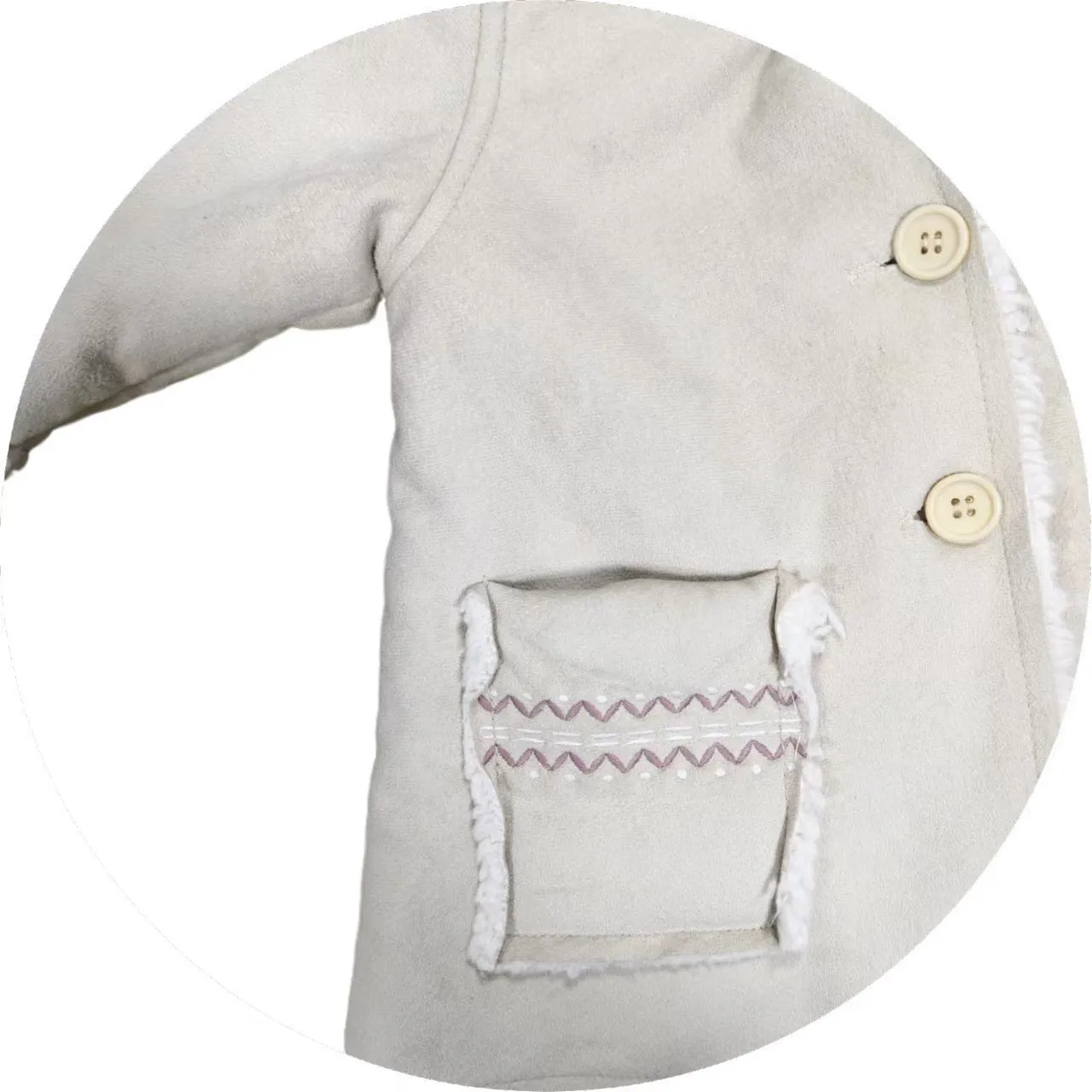
Manufacturer Comparison Table: Key Differentiators for Technical Outerwear
| Feature/Criterion | Manufacturer A (Example: Pullytrade) | Manufacturer B (Example: Competitor) |
|---|---|---|
| Core Competence | Specialized in technical outdoor apparel, strong R&D in performance fabrics. | General apparel manufacturer, limited technical focus. |
| Certifications & Compliance | ISO 9001, OEKO-TEX Standard 100, BSCI, Bluesign partner. | Basic QC, some local certifications. |
| Customization Scope | Full ODM/OEM, material sourcing, design iteration, specific feature integration, sizing. | Limited OEM, color/logo changes only. |
| Minimum Order Quantity (MOQ) | Flexible, project-dependent, starting from 500-1000 units. | Higher, typically 2000+ units. |
| Lead Time (Average) | 10-14 weeks (sampling + production). | 12-16 weeks, less predictable. |
| After-Sales Support | Dedicated account manager, product warranty, technical support. | Standard customer service, limited technical assistance. |
Case Studies and Testimonials: Real-World Applications of Children's Quilted Coats
The practical effectiveness and reliability of high-quality childrens quilted coat and technical ski jackets are best exemplified through real-world application cases and direct customer feedback, providing tangible evidence of their performance under diverse conditions. One notable case involved a major ski resort operator in the European Alps, which required a durable, high-performance solution for their junior ski school instructors and children's rental programs. They specified a kids skiing jacket that could withstand daily abuse, offer superior thermal insulation in sub-zero temperatures, and provide excellent waterproofing and breathability, all while featuring an ergonomic design for ease of movement. Our custom-designed solution, featuring a 2-layer Hardshell construction with a 20,000mm waterproof rating, 15,000 g/m²/24hr breathability, and 120gsm synthetic insulation, along with reinforced high-wear zones and adjustable "grow-with-me" sleeves, significantly enhanced the comfort and safety of the young instructors and participants. Post-season feedback indicated a marked reduction in cold-related complaints and an increase in overall satisfaction, demonstrating the jacket's robust performance and longevity. Another compelling case involved a large outdoor education provider in North America that needed lightweight yet warm outerwear for children participating in multi-day winter wilderness expeditions. The challenge was to balance warmth with packability and unrestricted mobility. Our solution focused on an ultralight childrens quilted coat utilizing 650-fill power responsibly sourced down with a DWR-treated ripstop nylon shell. The jackets were lauded for their exceptional warmth-to-weight ratio, allowing children to move freely and carry less bulk, which is critical for extended trips. Field reports consistently highlighted the jackets' ability to maintain thermal integrity even in damp conditions, attributed to the quality of the down treatment and shell fabric. Testimonials from procurement managers and program directors consistently underscore the value of investing in high-quality, technically advanced children's outerwear. "Our partnership has transformed our winter gear program. The jackets have significantly improved the children's comfort and our instructors' ability to focus on teaching, not cold kids," stated the Operations Director of the Alpine Ski School. Similarly, the Head of Procurement for the Wilderness Program remarked, "The durability and performance of these quilted coats have exceeded our expectations, leading to fewer replacements and better overall experiences for the children in the backcountry." These narratives serve to affirm the critical role of superior material selection, precise manufacturing, and thoughtful design in delivering products that not only meet but surpass the rigorous demands of professional B2B applications, building enduring trust and fostering positive outcomes in challenging environments.
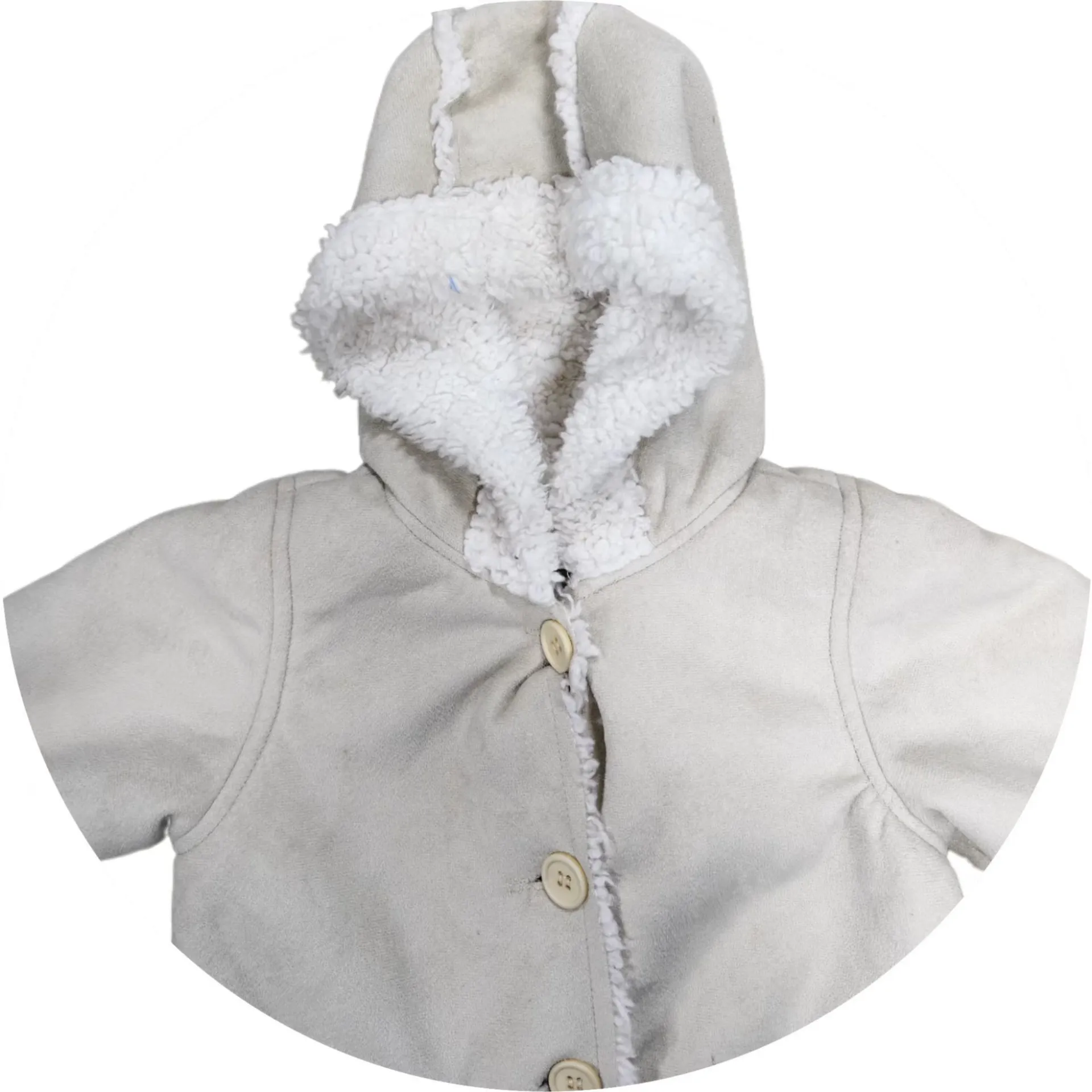
Establishing Trust and Authority: Quality Assurance and Customer Support for Kids Skiing Jackets
Establishing and maintaining trust and authority in the B2B apparel sector, particularly for highly technical garments like kids skiing jacket, is predicated on a transparent commitment to quality assurance, ethical practices, and robust customer support. Our manufacturing processes are underpinned by a comprehensive quality management system certified to ISO 9001:2015 standards, ensuring consistency and continuous improvement across all stages, from raw material sourcing to final product inspection. Material suppliers are vetted for compliance with international standards such as OEKO-TEX Standard 100, guaranteeing that all components are free from harmful substances and safe for children's wear. Environmental responsibility is a core value, with manufacturing facilities often holding ISO 14001 certification and participating in initiatives like the Bluesign system, which promotes sustainable textile production by reducing environmental impact and ensuring responsible use of resources. Our extensive service tenure in the outdoor apparel industry, spanning over two decades, has allowed us to accumulate invaluable experience in navigating complex supply chains and delivering consistent product excellence. We partner with globally recognized testing laboratories to perform third-party verification of product performance, including hydrostatic pressure tests (e.g., AATCC 127), breathability tests (e.g., ASTM E96), and insulation efficiency tests (e.g., ASTM F1868), with detailed test reports available upon request to substantiate performance claims. This rigorous scientific approach provides verifiable data, enhancing transparency and building confidence among our B2B partners. Our collaboration with major outdoor brands and retailers worldwide further attests to our established authority and reliability in delivering high-volume, high-quality technical outerwear. We offer a comprehensive product warranty, typically a minimum of two years from the date of purchase, covering manufacturing defects, underscoring our confidence in the durability and craftsmanship of our kids skiing jacket. Our streamlined delivery cycle is optimized to ensure timely order fulfillment, with typical lead times ranging from 10-14 weeks for custom orders, subject to material availability and order complexity, providing clear timelines for planning. For ongoing support, we provide dedicated account managers who serve as single points of contact for all inquiries, from technical specifications to logistics. Our customer support team is accessible through multiple channels, including direct phone lines, email, and a secure online portal, ensuring prompt and efficient resolution of any concerns. This multi-faceted approach to quality, transparency, and support reinforces our trustworthiness as a long-term strategic partner, committed to the success and satisfaction of our B2B clientele.
Frequently Asked Questions (FAQ) for B2B Clients
-
Q: What are the typical lead times for a customized order of kids skiing jackets?
A: For custom orders, the typical lead time from design approval to delivery is between 10 to 14 weeks. This includes material sourcing, sample production, and bulk manufacturing. Expedited options may be available depending on order volume and material availability.
-
Q: What kind of warranty do you offer on your Children's Coat products?
A: We stand behind the quality of our products with a comprehensive warranty of at least two years from the date of purchase, covering any manufacturing defects in materials or workmanship. Full details of our warranty policy are available upon request.
-
Q: Are your materials sustainably sourced and free from harmful chemicals?
A: Yes, we are committed to sustainable and ethical practices. Our materials are sourced from OEKO-TEX Standard 100 certified suppliers, ensuring they are free from harmful substances. We also actively participate in environmental initiatives like the Bluesign system to minimize our ecological footprint.
-
Q: Can we request samples before placing a bulk order?
A: Absolutely. We encourage B2B clients to request samples to evaluate material quality, craftsmanship, and fit. Sample lead times and costs will be discussed during the initial consultation, depending on the complexity of the design and customization requirements.
-
Q: What are the minimum order quantities (MOQ) for your kids skiing jacket products?
A: MOQs vary based on the specific product and level of customization. For most technical jackets, our MOQs typically start from 500-1000 units. Please contact our sales team to discuss your specific project needs and get a precise MOQ quote.
Conclusion: The Future of Kids Skiing Jackets and Sustainable Innovation
The evolution of the kids skiing jacket segment reflects a broader industry trend towards performance optimization, user-centric design, and environmental stewardship. As the market matures, the differentiation among products will increasingly hinge not just on technical specifications like waterproofness and breathability, but on integrated solutions that address holistic needs: thermal efficiency combined with lightweight design, enhanced durability coupled with repairability, and responsible manufacturing practices that extend product lifecycle and reduce ecological impact. The future of kids skiing jacket development is poised to embrace smart textiles that can adapt to varying temperatures, perhaps incorporating phase-change materials for dynamic thermal regulation, or integrated sensors for health monitoring. Furthermore, advancements in bio-based and recycled materials will become even more prevalent, pushing the boundaries of what is possible in sustainable outdoor apparel without compromising on performance. The emphasis on circular economy principles, from design for disassembly to robust recycling programs for end-of-life garments, will shape the next generation of products. This commitment to innovation ensures that children can continue to explore and enjoy winter environments safely and comfortably, while contributing positively to global sustainability efforts. For B2B partners, this means an opportunity to align with manufacturers who are not only at the forefront of technical innovation but also deeply committed to ethical and environmental responsibilities, building brands that resonate with increasingly conscious consumers. Investing in technically superior and sustainably produced kids skiing jacket solutions is not merely a procurement decision; it is a strategic investment in the future of outdoor sports and the well-being of the next generation.
References and Further Reading:


